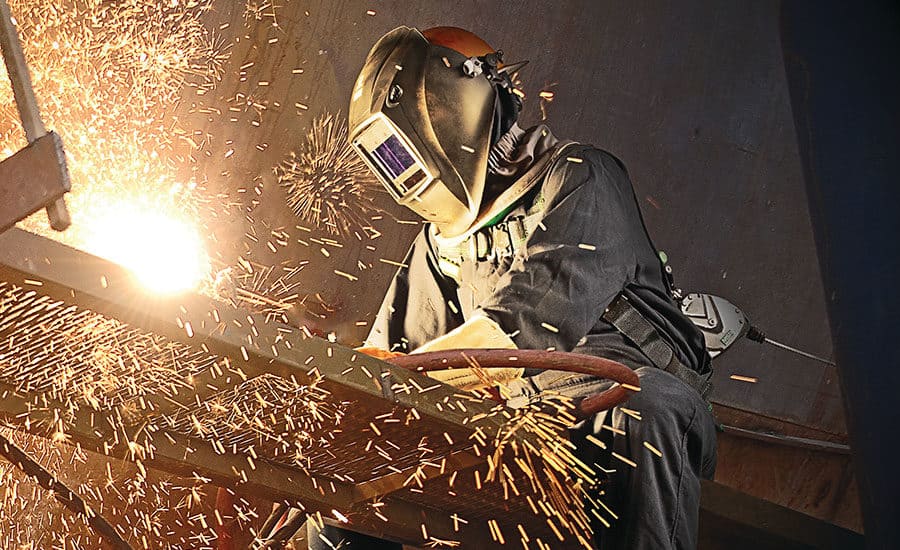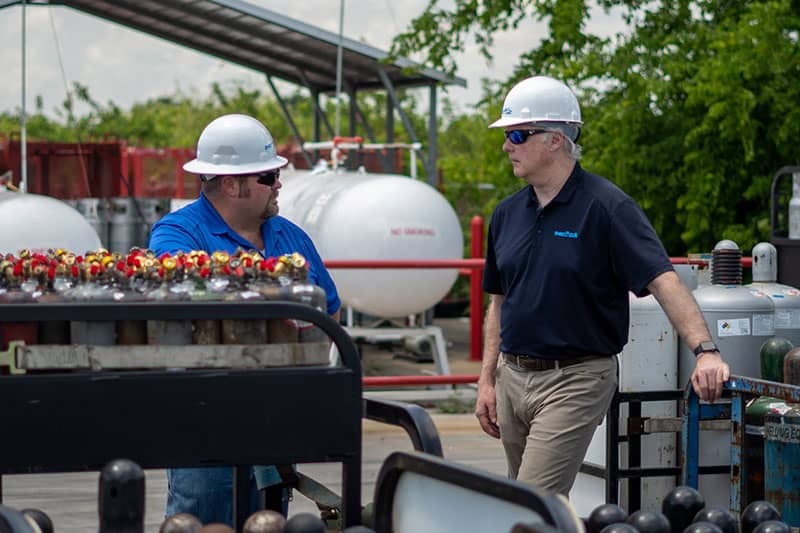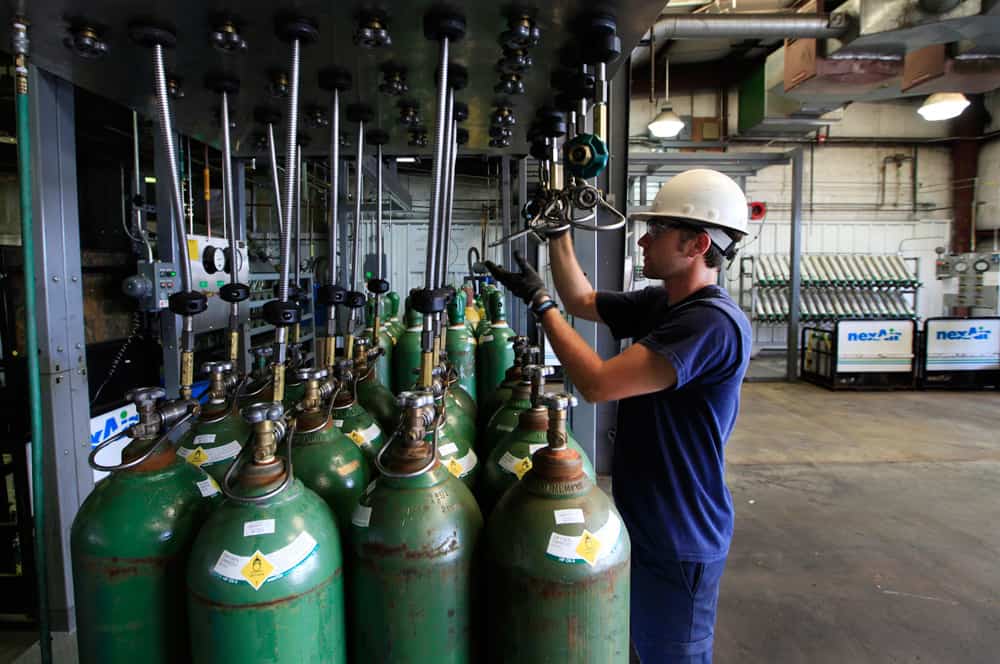Customer Spotlight: Welding Automation Success Stories from Local Fabricators
Automation stories usually sound too good to be true until you see the actual numbers. Three local fabrication shops decided to take the plunge into robotic welding over the past two years, each facing different challenges and achieving results that surprised even the optimists among them.
These aren’t massive manufacturing plants with unlimited budgets. We’re talking about family-owned shops with 15-50 employees, tight margins, and the kind of practical concerns that keep owners awake at night wondering if expensive equipment will actually pay for itself.
Structural Steel Shop: From Skeptical to Sold
The owner of a local structural steel fabricator had watched robotic welding demonstrations for years but couldn’t justify the investment for their work. Then a major contract came along requiring 800 identical bracket assemblies with tight delivery deadlines that manual welding couldn’t meet.
Their collaborative robot setup handles the repetitive bracket welds while human welders prep materials and tackle custom work. What used to take three welders two weeks now gets done by one operator and the robot in six days. The consistency improvement eliminated the rework that was eating into their already thin margins.
The unexpected benefit came from their skilled welders embracing the technology instead of resenting it. Rather than feeling replaced, they appreciated focusing on interesting work while the robot handled the boring stuff. Employee satisfaction improved along with productivity, reducing the turnover problems that had been costing them experienced workers.
Precision Fabrication Shop: Solving the Skills Gap
Finding qualified welders had become the biggest constraint on growth for a local precision fabricator. They were turning down profitable work because they couldn’t find people with the skills needed for aluminum welding. Automation offered a way to expand capacity without depending on a shrinking labor pool.
Their robotic system performs the demanding aluminum welds that previously required their most experienced operators. Less experienced welders handle material preparation and finishing work, allowing the shop to hire people with basic skills and train them up over time rather than competing for scarce expert welders.
The training aspect became more valuable than initially expected. New hires learn proper welding technique by watching the robot demonstrate perfect parameters and travel speeds. This accelerated training reduces the time needed to develop competent welders from months to weeks.
Aerospace Component Manufacturer: Consistency Drives Quality
A local shop specializing in aerospace components had built their reputation on quality, but manual welding created variations that required extensive inspection and occasional rework. Even their best welders produced slight differences that quality control caught during final inspection.
Robotic welding eliminated the human variables that caused consistency problems. Every weld follows identical parameters with precise positioning that human operators cannot match. Inspection times dropped significantly because parts consistently meet specifications without the variations that required individual evaluation.
The quality improvements opened doors to additional aerospace work that demands even tighter tolerances. Customers who previously required extensive quality documentation now approve parts based on process certification rather than individual inspection, streamlining their supply chain relationships.
Common Threads Across Success Stories
All three shops discovered that automation success depends more on workflow integration than just equipment performance. The facilities that planned material handling, operator training, and production scheduling around their robotic systems achieved better results than those who simply added robots to existing processes.
Gas management became more important with automated systems running longer cycles at higher utilization rates. Bulk gas supplies eliminated the production interruptions from cylinder changes that had been manageable with manual welding but became problematic with continuous robotic operation.
These local success stories prove that welding automation makes sense for mid-sized fabricators willing to plan implementation carefully. The results speak for themselves in improved productivity, consistent quality, and the ability to Forge Forward with competitive advantages that manual operations struggle to match.
nexAir’s expert KnowHow™ includes supporting fabricators through automation transitions with gas supply systems designed for robotic welding demands and technical guidance that helps ensure successful implementation.
Ready to explore automation possibilities for your fabrication operation? Contact nexAir to discuss robotic welding gas solutions and support services that help mid-sized shops achieve the same success these local fabricators experienced.
Don't see what you're looking for?
Everything we offer is a click away and it will arrive before you know it.




